Omalo is a central village in the historical region of Tusheti, Georgia. Administratively, it is part of the Akhmeta District in Kakheti. It lies between the Greater Caucasus Mountain Range and the Pirikita Range of Tusheti. Due to Omalo’s high mountain location on the northern slopes of the Greater Caucasus Mountain Range and the absence of well-maintained roads, it is largely isolated from the rest of Georgia for most of the year. Moreover, the only accesses road is through the Abano pass at 2,850 meters. (9,350 ft.)
It is noteworthy that the village of Omalo is divided into 2 parts, Upper (Zemo) and Lower (kvemo) Omalo. Upper Omalo is a historical part of the village, while the Lower Omalo is the administrative center of Tusheti.
Upper Omalo
Located on the territory of Tusheti Protected Landscape. The village is not visible from either side due to the surrounding mountains, which creates an amazing coziness. Such a crater layout is an important characteristic of the village. Moreover, the houses in the village are strewn on a hill one after the other, crowned by magnificent Keselo castles on the top.
The main Sights of the village are:
- Keselo Towers. The most significant example of the Tusheti defense architecture. Their foundations date back to the 15th–16th. The main purpose of the towers was to protect the local population from the invasion of Chechens and Dagestanis in the summer. The towers were used for their intended purpose until the 19th century before Shamil’s resistance was suppressed in 1859 and the Russian power in the Caucasus was stabilized. Later, their maintenance lost any sense. Therefore, the towers were successively dilapidated. Only in the 2000 year under the auspices of the Keselo Fund and with the support of the Dutch Bradshaw Foundation, some of the towers were successfully reconstructed. So, nowadays in one of the towers, there is an interesting ethnographic museum (keys from the museum available from Nugzar Idoidze in Hotel Tusheti Tower; entrance fee GEL 5, the guide speaks Russian).
- Holly trinity church of Omalo was built-in the 19th It’s regularly opened in summer and is accessible for women. Church services hold sporadically. So, the priest is mainly present at the time of the Tushetoba festival.
- A small Brewery below the castle of Keselo. It’s been used for making beer for religious festivals until today. It’s forbidden to enter women due to religious reasons.
Lower Omalo
Lower Omalo is a relatively new planning formation, the main development of which, as the center of Tusheti, took place during the Soviet period. The village is a combination of houses of different styles. Nevertheless, in a separate building, we can identify the historical settlements. Due to soft climate conditions and less snow, in the past times, this area was used as winter housing called “bosels”.
From the second half of the 20th century, with the support of the Soviet government here were built different infrastructures. (boarding school, post office, TV center, road, electricity, etc.) Construction of a ropeway to connect the village of Shenako began in the 1980s. However, after the collapse of the Soviet Union, most of the infrastructure was abandoned. In 2000, with the tourist increase, new projects began to be implemented. As a result, a visitor center was built, quite a few hotels have opened and a police building is currently under construction.
The main Sights of the village are:
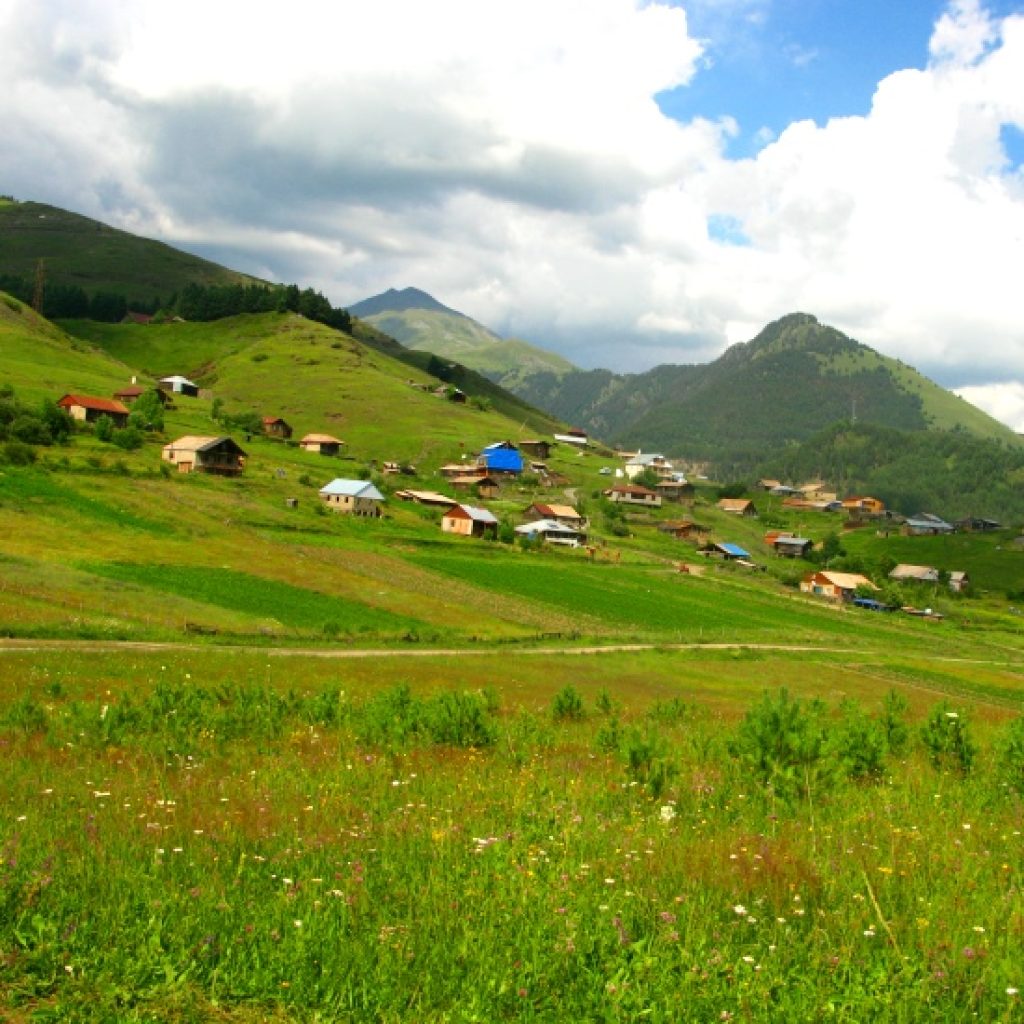
- Visitors center. Located in the southwest of the village in a very beautiful pine tree forest. There is a calm museum and a picturesque viewpoint. It’s a good place just to have a picnic or enjoy the view.
- Ts’asne. Amazing hill covered by pine tree forest, located on the west side of the village. On the top of this hill is a small chapel. Moreover, for locals, this forest is something very spiritual and holey. NOTE: Due to the local traditions for women it’s forbidden to enter this area!
- Khoshane – floodplain on the bank of the Alazani River. About 3 km trail to the southeast of the village into a ravine. A good place for a picnic or a swim. NOTE: Even in summer, it’s too cold.

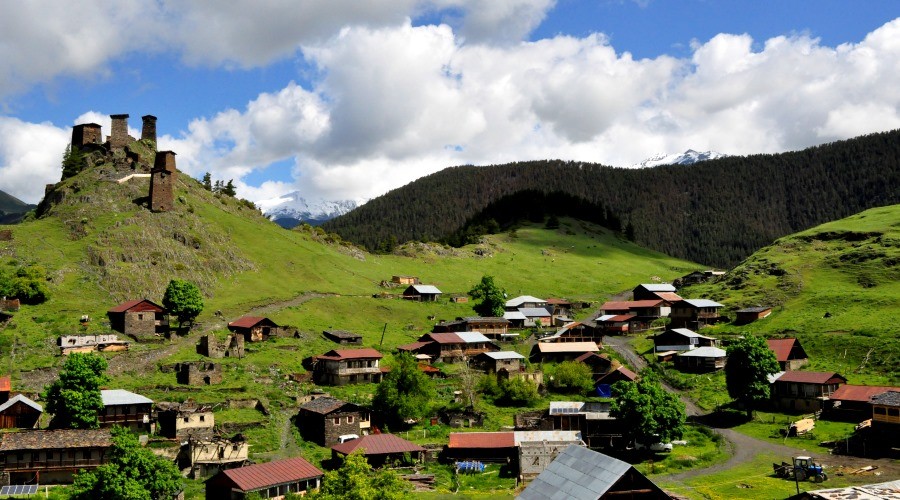
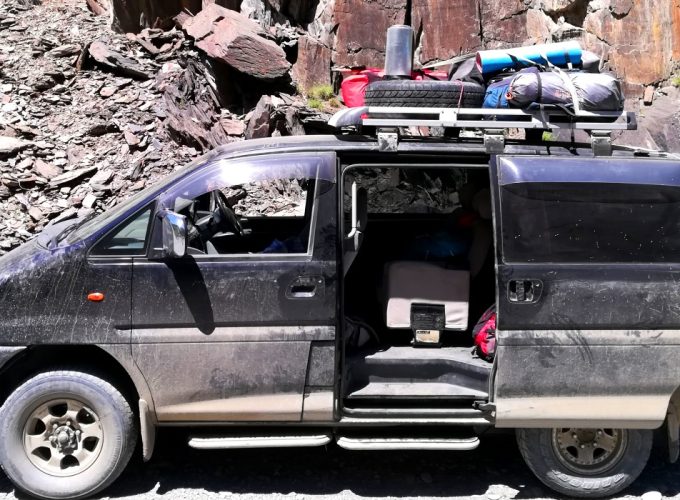

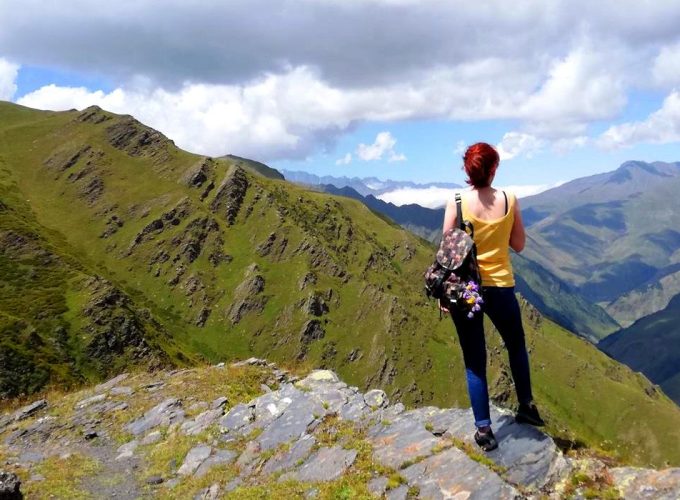


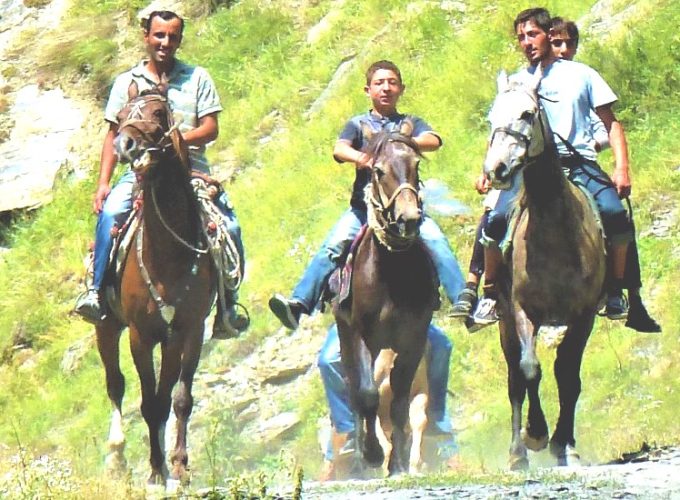
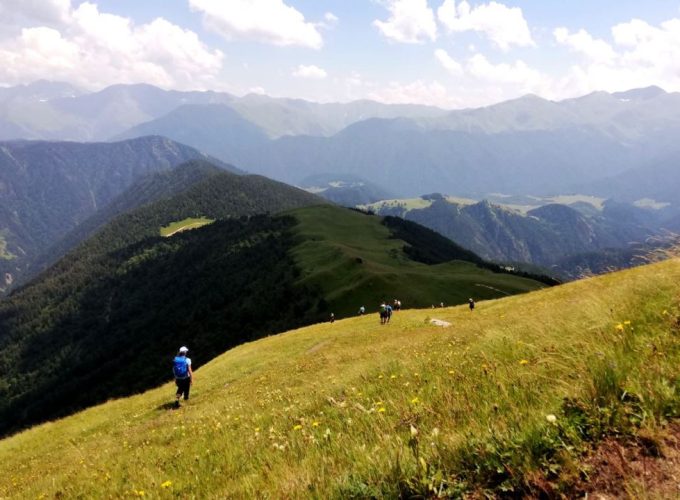

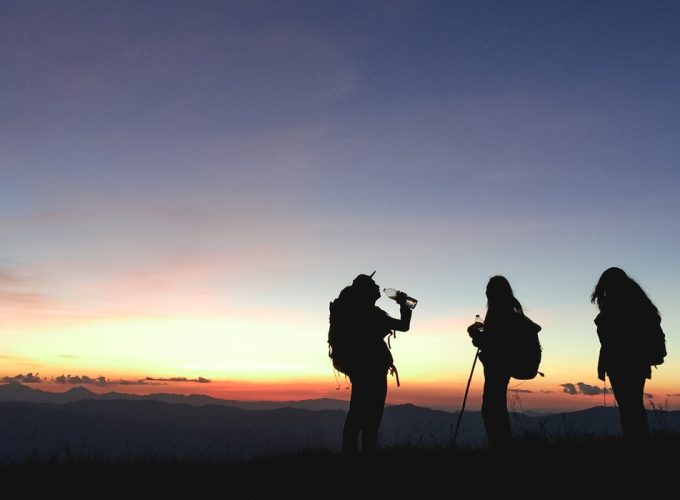
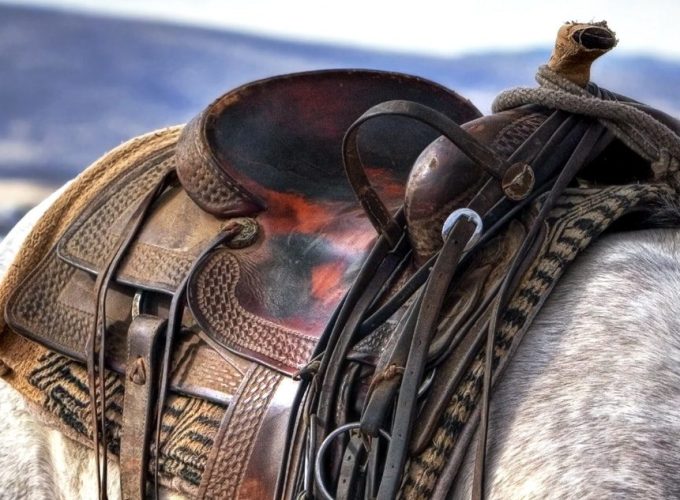

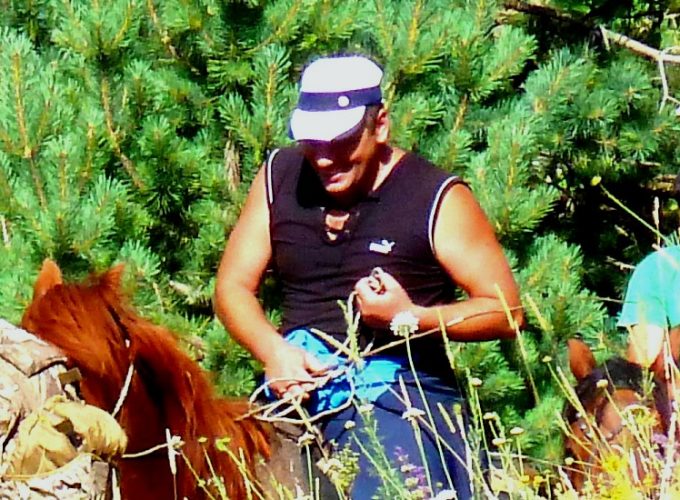


Comment (0)